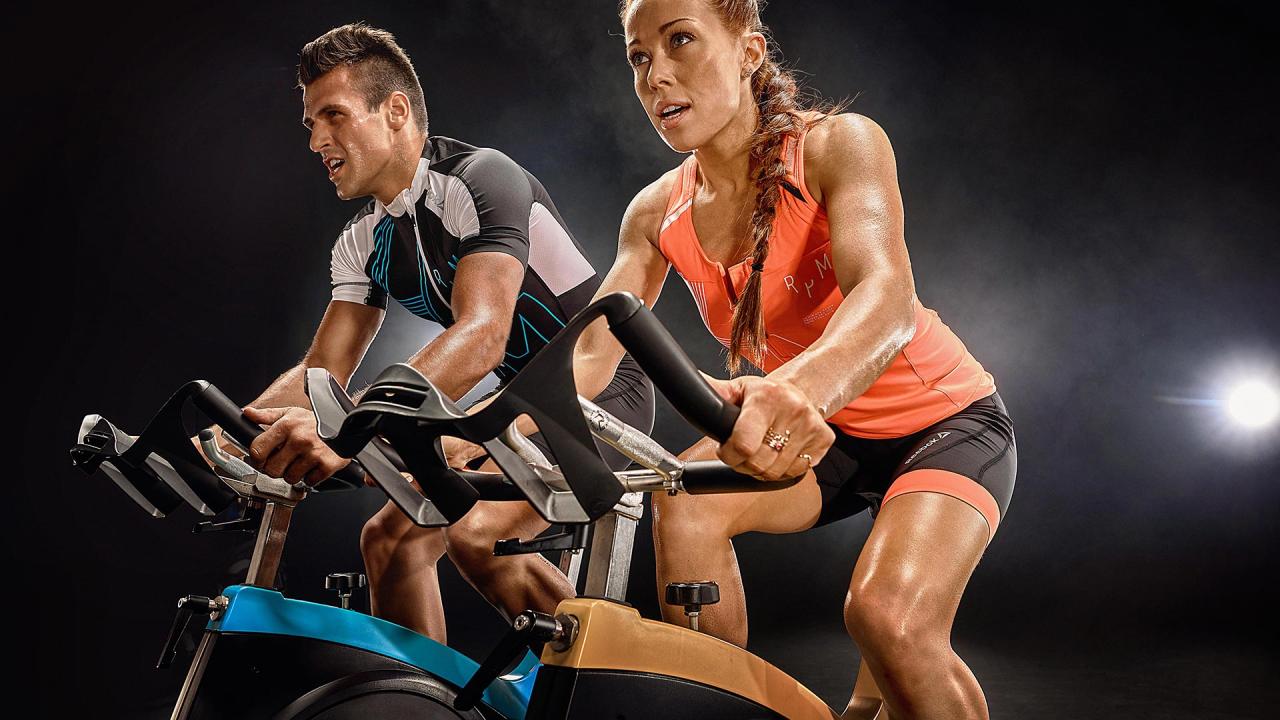What is the most important thing in a woman?
The main types of posture disorders and their diagnosis
Just want to make a reservation: this is not a medical article, and its author does not claim professional competence in the matter. In addition, I will not wrap a universal “pill” under the kat that will help everyone without exception. The text will undoubtedly contain many simplifications and “straightenings” of a general educational nature. My task is to tell you about the basic principles, about what you need to know in order to be able to listen, feel, love and take care of your own body.
Perhaps, this is one of the most technically complex and terminated parts of the story .
So, as the Great Combinator Ostap Bender used to say in moments of deep sadness: “Do you know that an atmospheric column weighing 20 tons presses on every person? This morning I felt his pressure more than ever. ” It is the need to resist the pressure of this very column, while maintaining balance and vertical position of the body at the same time, that gave our “axis of gravity” – the spine – the very shape that it has. Our spinal column has several NATURAL curves: cervical and lumbar lordosis, thoracic and sacrococcygeal kyphosis. Animals do not have such bends.

These bends (lordosis and kyphosis) in an adult, formed person can be excessive, but remember, if someone, looking at your back, shakes his head sadly: “Ay-ay , we have kyphosis here! We will urgently fix it! ”, – this person is at least not well versed in terminology Kifoyz and lordosis of the body serve for convenient“ storage ”of heavy internal organs.
A very interesting comparison is given by Leopold Busquet – an orthopedist, sports doctor, osteopath – in his book “Muscle Chains”. He associates the human structure with. inflatable rubber doll. “We have many shells: skin, subcutaneous, superficial and deep. From the inside, these shells are filled with organs, and muscles and bones give it all – an economical statics.” After analyzing this ingenious system, the problems of a thinner person, as it were, a quickly “deflated” person, become clear.
Paravertebral (paravertebral) muscles, which are not at all adapted to perform this function, begin to compensate for the loss of elasticity of the membranes. Therefore, a person who has dramatically lost weight experiences constant fatigue, pain in the area of muscle attachments and, as a result, tendinitis and periostitis (inflammation of the joints and tendons).
paravertebral (paravertebral) muscles
However, back to the posture. Normal posture is one of the criteria that determines the state of a person’s health. But our body is a complex dynamic system, therefore the proportions, the ratio of the sizes and masses of its body are constantly changing throughout its life. These changes depend on genetics, age, and are also influenced by the external environment.
Today, according to fitness statistics, for every 100 people with certain types of posture disorders, there are only two people whose spine remains anatomically perfect position. Sad statistics. Even more sad is the statistics of age-related changes. Up to 60 years of age, scoliosis, thoracic kyphosis, cervical and lumbar lordosis are more often detected in women. With increasing age, the number of people with unchanged posture in an upright position decreases sharply and the number of people with kyphosis increases. Torsion (curling around the axis itself) curvatures of the thoracic and lumbar spine are detected in more than half of practically healthy people of both sexes and are found more often with age.
So, the main types of deformities: Flat back (II) – an extremely rare and difficult to correct disorder (can be seen in representatives of Asian peoples, especially in the Chinese and Japanese). The head is straight, the neck is usually straight and long, the shoulders are noticeably lowered, “pterygoid scapula”, the abdomen is pulled in, the buttocks are flat. A flat back is characterized by a weak development of normal curvatures of the spine, as a result, a functional inferiority of the muscles. With a flat back, the spring functions of the spine are least expressed, which is fraught with adverse consequences during physical education and sports. Running, jumping, equestrian and cycling are especially dangerous. People with a flat back are prone to lateral curvature of the spine, that is, to the formation of scoliotic posture or scoliosis. Many experts believe that the smoothness of physiological bends is the first stage of osteochondrosis of the spine.
People with such a posture need to work on increasing the mobility of the lumbar and sacral spine (shown in a variety of ways to twist the spine, including using a roller, which can be placed under the lower back, rolls on the rug will not be superfluous). The transverse abdominal muscle requires strengthening, but hyperextension, on the contrary, should be excluded. The legs (especially the quads) need to be stretched. It is worth including in your training plan any exercises that include the information of the shoulder blades, for example, on a crossover or with a shock absorber.
A round back is one of the most common, but at the same time, the most easily corrected posture disorders.
This is how it looks in especially neglected cases. The spinous processes of the spine create an arc of curvature.


